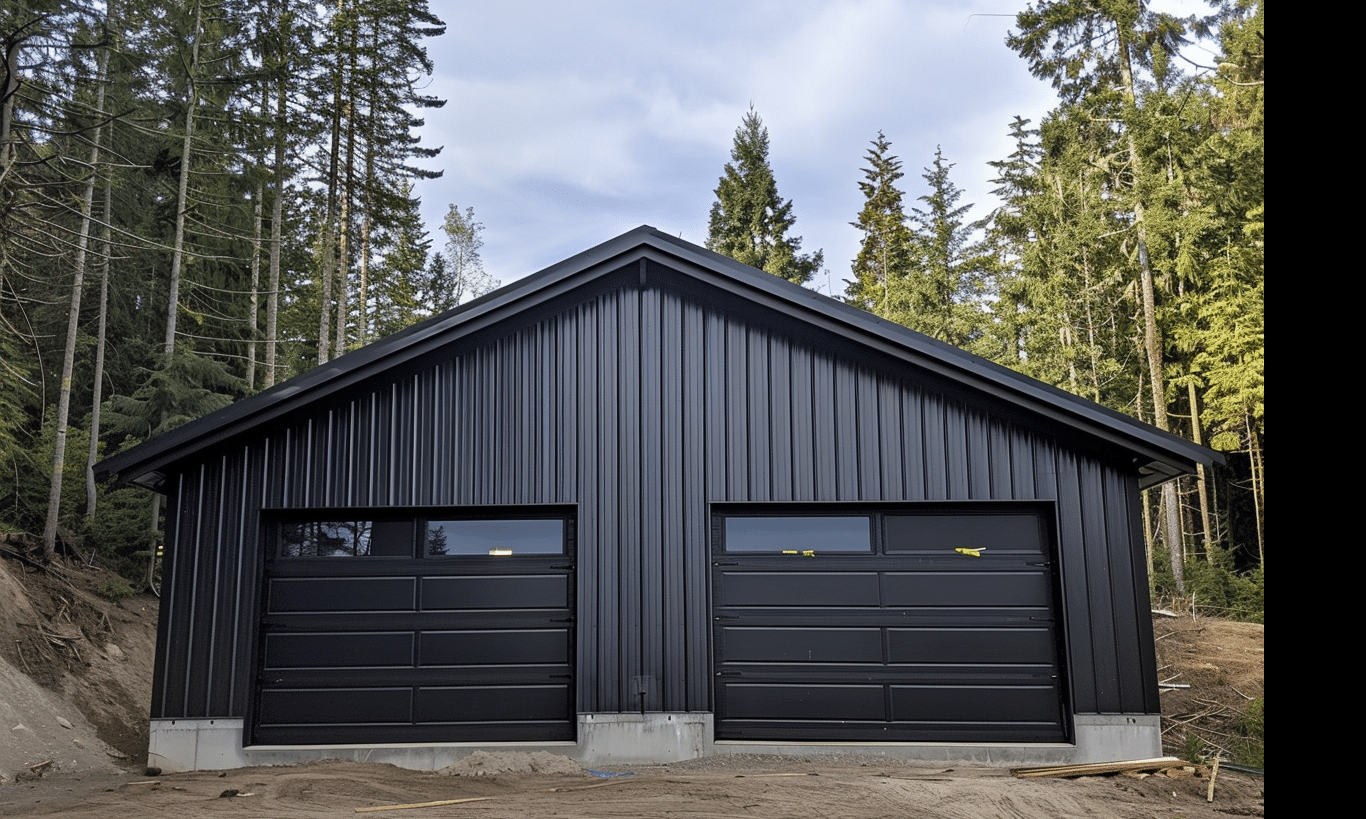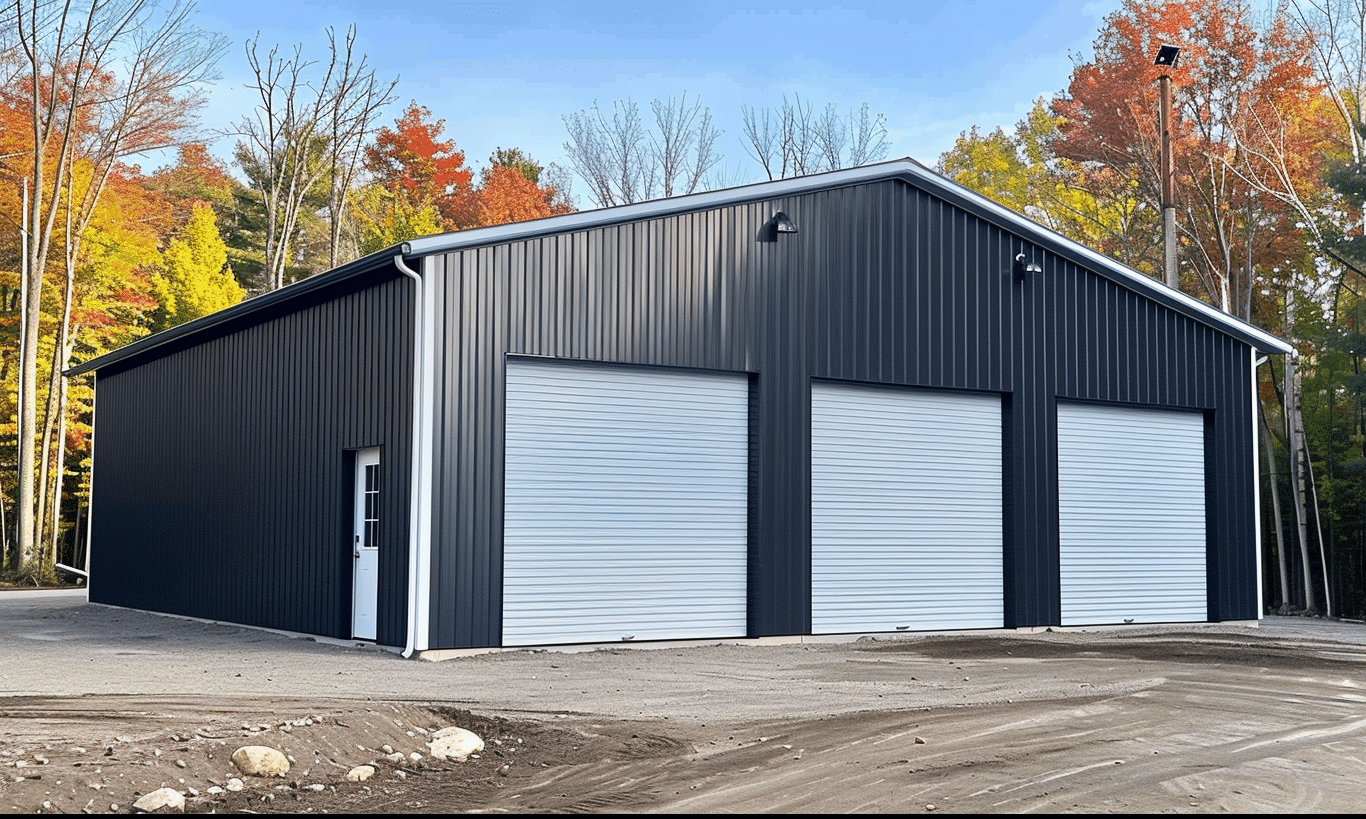Drywall: a seemingly simple material, yet a revolutionary element in modern construction. But what truly makes drywall an unsung hero in our homes and skyscrapers? In this article, we’ll unpack the myriad of benefits that drywall offers, ensuring you see why it’s more than just a blank canvas for paint. The focus is not just on functionality but also on how drywall interweaves seamlessly with other construction elements like Ontario steel structures and 20×40 metal buildings. Let’s dive in.
Understanding Drywall: The Basics
Before we get into the advantages of drywall, it’s important to understand what it is. Essentially, drywall consists of gypsum plaster sandwiched between two thick sheets of paper. This simple yet effective composition was innovated in the early 20th century and has since become a staple in both Residential Construction and commercial projects worldwide.
Efficiency and Versatility
What do you need from a construction material? Durability, aesthetics, and adaptability, for starters. Drywall ticks all these boxes and more. Its lightweight nature facilitates easy handling, making rapid installations possible without the need for specialized tools. This efficiency translates to lower labor costs and quicker project completion times.
Furthermore, drywall’s versatility allows it to be easily cut and molded into a plethora of designs, enabling architects and builders to bring innovative creations to life with relative ease. Whether you’re building a traditional family home or an industrial space using 20×40 metal buildings, drywall integrates smoothly, simplifying and enhancing the overall construction process.
The Shields of Safety: Fire and Sound Resistance
Fire safety is a critical concern in construction; drywall excels here, providing a robust barrier against fire. Drywall’s gypsum core contains water molecules that, when heated, release steam, slowing down the spread of fire significantly. It serves as an effective measure for fire safety in construction, offering peace of mind.
Soundproofing is another battle won by drywall. Its density contributes to sound dampening, creating quieter and more serene environments—a crucial factor in urban areas or multi-unit buildings.
Cost-Effectiveness
In the world of construction, budgets are always a concern. Drywall presents an economical solution without compromising quality. Its cost-effectiveness stems from both its material affordability and the reduced labor expenses thanks to its quick and straightforward installation.
Moreover, repair and maintenance costs are minimal, given drywall’s ease of patching and painting. A dent or crack in the wall can be effortlessly fixed, maintaining the integrity and appearance of the structure with minimal time and financial investment.
Environmental Advantages
In today’s eco-conscious world, sustainable building materials are more important than ever. Drywall is no slouch here; it’s made from gypsum, a readily available and recyclable material. Many manufacturers are committed to sustainability, producing drywall that includes recycled content and is itself recyclable, minimizing its environmental footprint.

The adaptability of drywall makes it suitable for diverse climates and structures, like its use in rugged Ontario steel structures or contemporary Canadian builds. Its compatibility with other sustainable construction materials further underscores its ecological advantages.
Health Benefits
Another understated benefit of drywall is its contribution to healthier indoor environments. It helps regulate humidity levels by absorbing moisture when the air is damp and releasing it when dry, enhancing air quality and comfort within a building. This natural regulation helps prevent mold growth, which can be a critical health concern, assuring a healthier living or working environment.
Transformative Aesthetics
Beyond functionality, drywall excels in aesthetics. It provides a smooth, flawless surface that serves as an excellent base for painting, wallpapering, or any other finish desired. Its adaptability to textures and finishes empowers builders and homeowners to explore creative interior designs without the limitations often encountered with other materials.
Whether you appreciate the stark, minimalist look or lean towards intricate wall designs, drywall offers the flexibility needed to make your vision a reality.
Durability and Longevity
Last but not least, drywall’s durability is a significant advantage. Contrary to some misconceptions that it’s fragile, drywall is designed to withstand the rigors of daily life, maintaining its integrity over time. When properly installed, drywall can last for decades, making it a prudent long-term investment in any construction project.
In multifaceted projects that combine elements like steel and drywall, such as in expansive Canada Mortgage and Housing Corporation – Advantages of Drywall builds, the resilience of these materials ensures that structures are not just built to last but to adapt to ever-changing needs and conditions.
Conclusion
From its functional efficiency and cost-effectiveness to its aesthetic potential and environmental benefits, drywall offers numerous advantages that make it a cornerstone in modern-day construction. Whether contributing to the safety and comfort of Residential Construction or enhancing complex industrial setups like Ontario steel structures, drywall remains indispensable. If you’re contemplating your next building project, consider how this versatile, eco-friendly, and reliable material can be an asset in creating your ideal space. Remember, behind every sturdy wall, there lies a layer of drywall making it possible.










